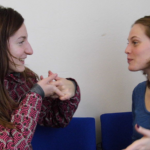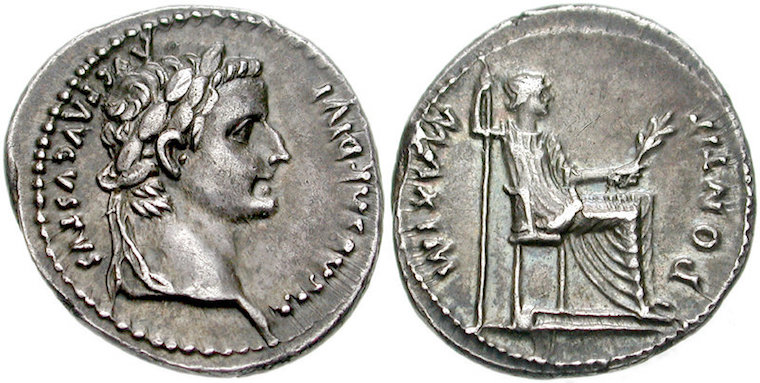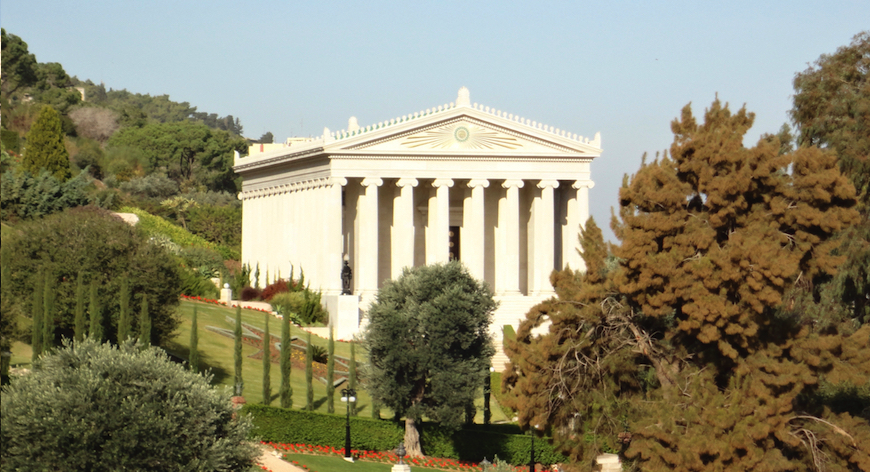
Solving Problems Beyond Solution – The Book of Certitude

The goal of Bahá’u’lláh’s entire life’s work, as he describes, is to foster unity among human beings.
Of his writings, the Book of Certitude plays a particular role in this purpose. Accordingly, it has been said of the Book of Certitude that
by sweeping away the age-long barriers that have so insurmountably separated the great religions of the world, [it] has laid down a broad and unassailable foundation for the complete and permanent reconciliation of their followers.[1]
In works such as the Hidden Words, we primarily find guidance directed to the spiritual life of the individual. In Bahá’u’lláh’s later writings, such as those published in the Tablets of Bahá’u’lláh, we find works primarily directed to human relationships and the ordering of society.
In the Book of Certitude we find a work concerned with theology. It is in theology that the religious division of human beings is grounded. How can concepts of God (which have so hopelessly divided human beings one from another for millenia) be replaced with a theology which unifies human beings? Human understandings are infinite in their diversity; how can concepts as diverse as “No God”, “No God But God” and “No one comes to the Father except through me”, be reconciled?
An aspect of how Bahá’u’lláh solves this problem is through the insight that religious truth is relative. The true-false dyad is inapplicable to religious knowledge.
It is relative in the sense that our description of “God” and of the historical figures that spoke for God is dependent on the perspective of the observer.
One way of thinking about the divine is sometimes described as “negative theology”. Anything we capture in our minds or hearts is necessarily a product of ourselves as elements within creation and for that reason cannot be God. In this sense we know and can know nothing of the essence of God.
Immeasurably exalted is the celestial Melody above the strivings of human ear to hear or mind to grasp its mystery! How can the helpless ant step into the court of the All-Glorious?[1]
… it is evident that God … is immensely exalted beyond every human attribute, such as corporeal existence, ascent and descent, egress and regress. Far be it from His glory that human tongue should adequately recount His praise, or that human heart comprehend His fathomless mystery. He is and hath ever been veiled in the ancient eternity of His Essence, and will remain in His Reality everlastingly hidden from the sight of men…. He standeth exalted beyond and above all separation and union, all proximity and remoteness. No sign can indicate His presence or His absence…. [2]
Figures such as Moses, Jesus, Muhammad, Buddha and Krishna are then precisely the link that makes knowledge of God possible.
The door of the knowledge of the Ancient of Days being thus closed in the face of all beings, the Source of infinite grace,… hath caused those luminous Gems of Holiness to appear out of the realm of the spirit, in the noble form of the human temple, … that they may impart unto the world the mysteries of the unchangeable Being, and tell of the subtleties of His imperishable Essence. These sanctified Mirrors, these Daysprings of ancient glory are one and all the Exponents on earth of Him Who is the central Orb of the universe, its Essence and ultimate Purpose. … Even as He hath said: “There is no distinction whatsoever between Thee and them; except that they are Thy servants, and are created of Thee.” This is the significance of the tradition: “I am He, Himself, and He is I, myself.”[3]
These figures, referred to as “Manifestations of God”, are in this sense “God” and yet “servants of God”. In another passage, Bahá’u’lláh explains it thus:
When I contemplate, O my God, the relationship that bindeth me to Thee, I am moved to proclaim to all created things “verily I am God!”; and when I consider my own self, lo, I find it coarser than clay![4]
The truth of this statement is relative to the orientation of the observer. This leads to the conclusion that these Manifestations have a twofold station.
… viewed from the standpoint of their oneness and sublime detachment, the attributes of Godhead, Divinity, Supreme Singleness, and Inmost Essence, have been and are applicable to those Essences of being, inasmuch as … [t]hrough their appearance the Revelation of God is made manifest, and by their countenance the Beauty of God is revealed. Thus it is that the accents of God Himself have been heard uttered by these Manifestations of the divine Being.
Viewed in the light of their second station – the station of distinction, differentiation, temporal limitations, characteristics and standards – they manifest absolute servitude, utter destitution and complete self-effacement. Even as He saith: “I am the servant of God. I am but a man like you.”[5]
A second aspect of religious relativity is that of time and place. The Manifestation of God speaks in accordance with the needs of the time.
… each Manifestation of God hath a distinct individuality, a definitely prescribed mission, a predestined Revelation, and specially designated limitations. Each one of them is known by a different name, is characterized by a special attribute, fulfills a definite Mission, and is entrusted with a particular Revelation….
It is because of this difference in their station and mission that the words and utterances flowing from these Wellsprings of divine knowledge appear to diverge and differ.[6]
An aspect of the particular mission of these Manifestations is the bringing of new principles and teachings corresponding to the needs of the time. In a later work, the Tabernacle of Unity, Bahá’u’lláh writes:
As to thy question concerning the heavenly Scriptures: The All-Knowing Physician hath His finger on the pulse of mankind. Every age hath its own problem, and every soul its particular aspiration. The remedy the world needeth in its present-day afflictions can never be the same as that which a subsequent age may require. Be anxiously concerned with the needs of the age ye live in, and centre your deliberations on its exigencies and requirements.[7]
In the Book of Certitude itself, Bahá’u’lláh states:
… they idly contend that the laws formerly revealed must in no wise be altered. And yet, is not the object of every Revelation to effect a transformation in the whole character of mankind, a transformation that shall manifest itself, both outwardly and inwardly, that shall affect both its inner life and external conditions? For if the character of mankind be not changed, the futility of God’s universal Manifestation would be apparent.[8]
There are other aspects to the Book of Certitude, notably the interpretation provided of concepts in Jewish, Christian and Islamic scriptures which have stood as barriers to the acceptance of the truth of the succeeding Manifestation of God.
The Book of Certitude has received inadequate consideration as a repository of concepts that provide a foundation for the resolution of religious differences among human beings.
Image Credits: The Centre for the Study of the Sacred Texts http://media.bahai.org/detail/4846981 Copyright © Bahá’í International Community
This article is the 21st in a series of what I hope will become 200 articles in 200 days for the 200th anniversary of the birth of Bahá’u’lláh. The anniversary is being celebrated around the world on 21 and 22 October 2017. The articles are simply my personal reflections on Bahá’u’lláh’s life and work. Any errors or inadequacies in these articles are solely my responsibility.
Farsi Translation:
خوشبختانه انانيكه مايلند ميتوانند اين مقالات را در وبسايت “تارنماى” زير بفارسى مطالعه فرمايند.
http://www.noghtenazar.org/node/1529






